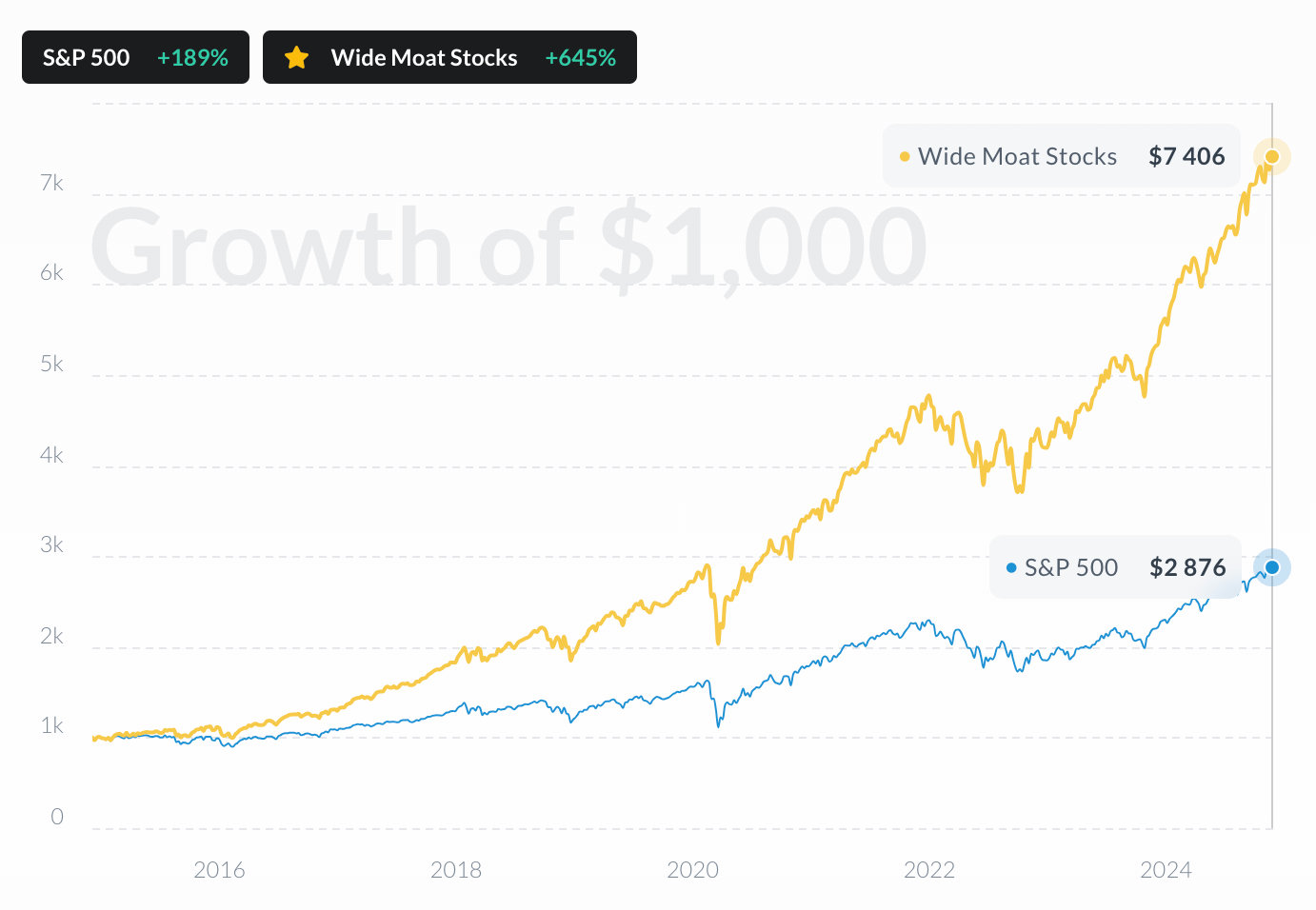 RHI
vs
S&P 500
RHI
vs
S&P 500
 RHI
RHI
Over the past 12 months, RHI has underperformed S&P 500, delivering a return of -33% compared to the S&P 500's 6% growth.
Performance By Year
RHI vs S&P 500

Robert Half International Inc
Glance View
Robert Half International Inc. emerged as a distinguished figure in the staffing and consulting arena, with its roots tracing back to 1948. Founded by Bob and Maxine Half, the company began as a specialized accounting staffing service and gradually expanded into a global leader in professional staffing services. With a visionary approach, Robert Half recognized the evolving needs of businesses, which led to the establishment of its multiple divisions, including Accountemps (focused on temporary finance and accounting professionals), OfficeTeam, and Robert Half Technology. These specialized divisions are tailored to meet the diverse demands for temporary, permanent, and project-based placements across various sectors, including finance, administrative support, IT, legal, marketing, and creative fields. This strategic adaptation has not only allowed Robert Half to thrive but also to carve out a unique niche in professional staffing. As the market landscape continues to shift, Robert Half keeps the gears of its engine running smoothly by leveraging a dual-source revenue model: transaction-based staffing services and consulting services through its Protiviti division. While the core staffing segments drive a substantial portion of its revenues by providing temporary or permanent professionals to businesses seeking agility in workforce management, Protiviti offers a value-added dimension, focusing on internal audit, risk advisory, and IT consulting. This balanced approach ensures a stable revenue stream for the company, allowing it to capitalize on both cyclical employment trends and the growing need for specialized business advisory services. Through this well-oiled machine, Robert Half not only meets its clients' immediate workforce needs but also provides strategic insights, helping businesses navigate the complexities of modern-day operations.








































 You don't have any saved screeners yet
You don't have any saved screeners yet